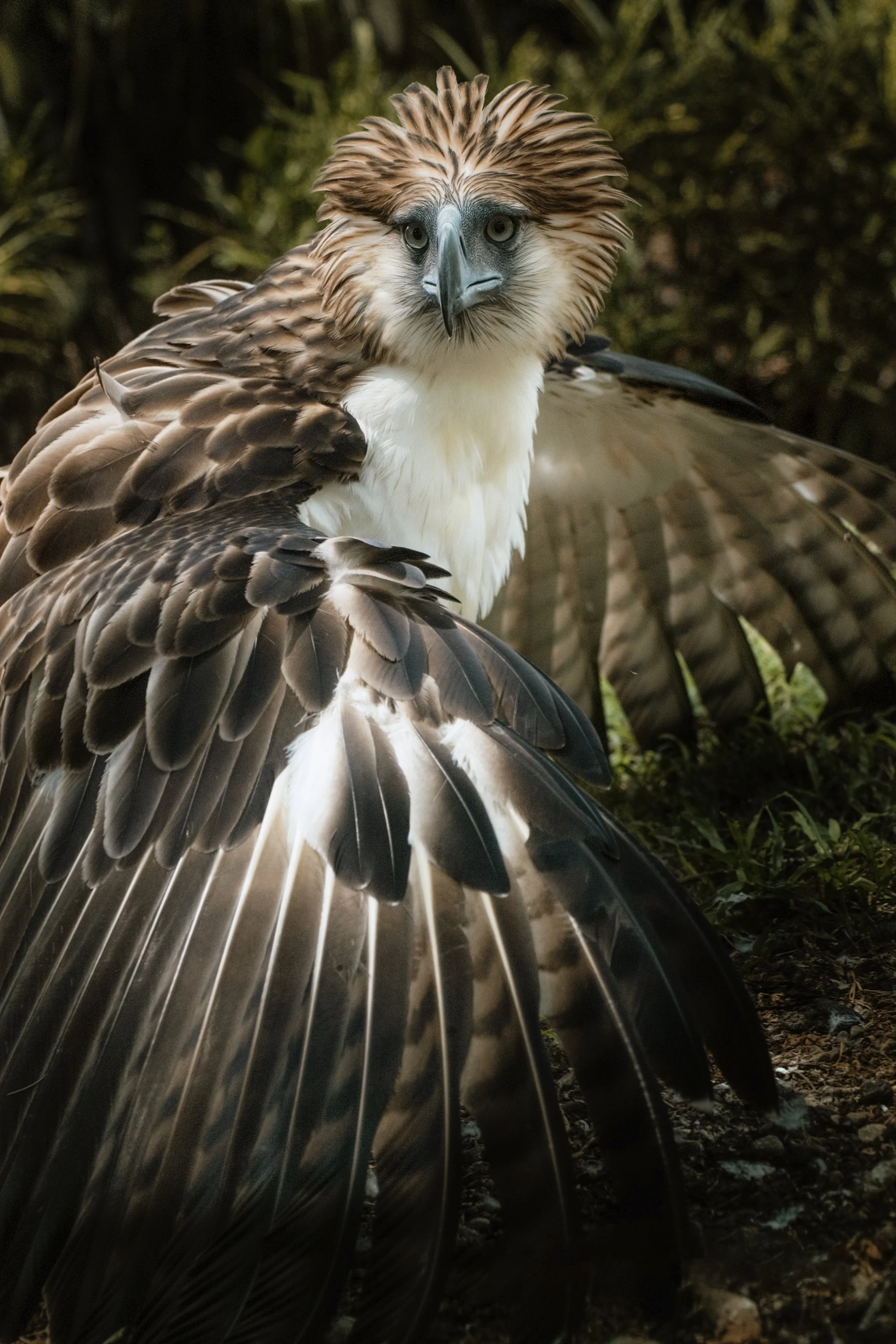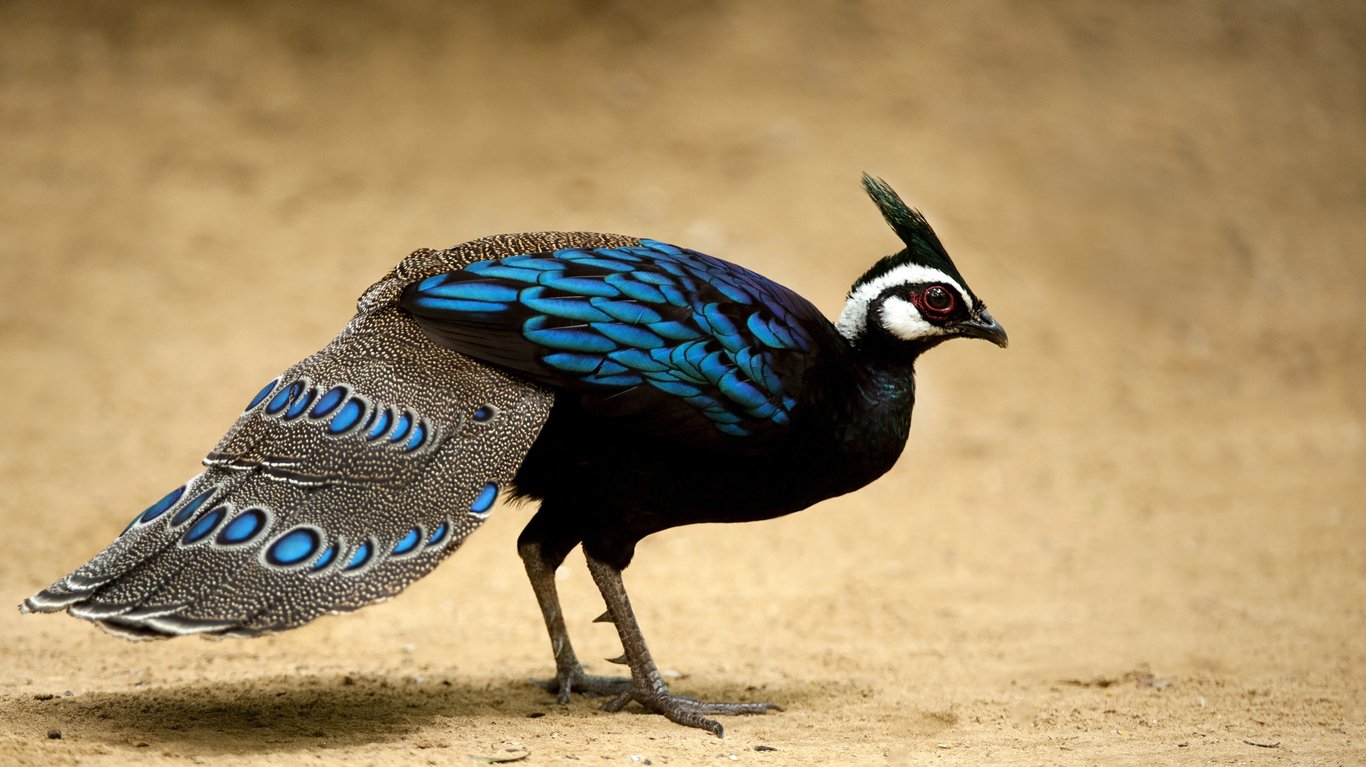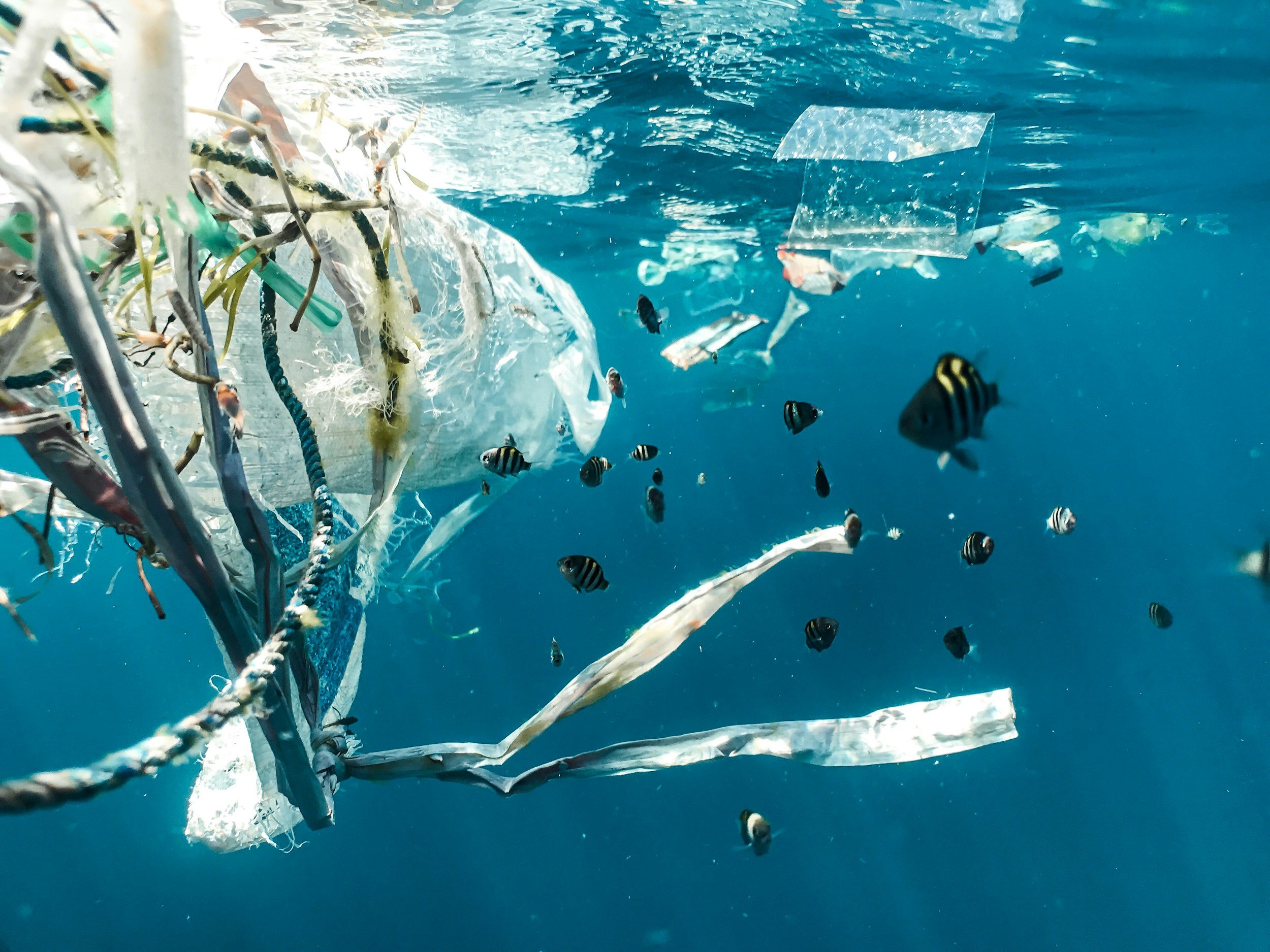Only in the Philippines | Wild Animals You Won’t Find Anywhere Else - And Why They’re Disappearing
July 21, 2025
The Philippines is one of the most biodiverse countries on Earth—and for good reason. Its more than 7,600 islands, tropical rainforests, coral reefs, and mountain ranges make it a biological hotspot, teeming with life that exists nowhere else on the planet. From the sky to the sea to the forest floor, the country is home to hundreds of endemic animals—some majestic, some mysterious, and some sadly, already lost.
But the Philippines’ rich wildlife is under constant threat. As climate change accelerates, forests shrink, and seas are overfished, these animals are disappearing before many of us even get a chance to know them.
Let’s meet some of these remarkable creatures—and explore why protecting them is more urgent than ever.
Captive Bird at the Philippine Eagle Center in Davao City. (Shemlongakit). 3 June 2010.
Philippine Endemic Species: A Biodiversity Goldmine
1. Philippine Eagle (Pithecophaga jefferyi)
Often called the "Monkey-eating Eagle", this giant raptor is one of the largest and rarest eagles in the world, and it can only be found in a few remote rainforests in Mindanao, Leyte, Samar, and Luzon. Fewer than 400 individuals are believed to remain in the wild (Salvador & Ibañez, 2006).
2. Tamaraw (Bubalus mindorensis)
Photo courtesy of iStock via tatianaput.
This dwarf buffalo is native to the island of Mindoro and is critically endangered, with a population of around 500 as of 2021. Habitat loss and disease have taken a severe toll on their numbers.
3. Philippine Tarsier (Carlito syrichta)
Photo Courtesy of iStock via Sarah Gillieron.
One of the world’s smallest primates, this big-eyed creature is only found in the Visayas and parts of Mindanao. Though beloved by tourists, the tarsier is threatened by habitat disturbance and illegal pet trade.
4. Palawan Peacock-Pheasant (Polyplectron napoleonis)
Photo Credit: GAMI stock
Known for its iridescent plumage, this stunning bird lives only on Palawan. Though it’s considered “vulnerable,” its restricted range makes it susceptible to any changes in its forest habitat.
Extinct or Possibly Extinct Species
Panay Giant Fruit Bat (Acerodon lucifer)
Photo Credit: iStock via fotoember.
Once thought to inhabit Panay and nearby islands, this massive bat has not been seen in decades and is feared to be extinct due to deforestation and hunting.
Negros Island Forest Frog (Platymantis spelaeus)
Photo Courtesy of iStock via Omeley.
Possibly extinct, this amphibian was last observed in cave systems of Negros. Like many forest species, it has likely succumbed to habitat degradation.
Threats to Philippine Wildlife
1. Climate Change
Rising temperatures, intensified typhoons, and shifting rainfall patterns are wreaking havoc on fragile ecosystems—especially in high-altitude and coastal zones, where many endemic species reside.
2. Deforestation
The Philippines has lost much of its original forest cover due to logging, mining, and agricultural expansion. Forest-dependent species like the Philippine Eagle are running out of places to nest and hunt. Between 2001 and 2021, the country lost over 1.3 million hectares of forest cover.
3. Overfishing and Coral Bleaching
Marine biodiversity isn’t spared. The Verde Island Passage, often dubbed the "center of marine biodiversity in the world," faces overfishing and climate-induced coral bleaching. Many endemic marine species are at risk.
Why Protecting Wildlife Matters
Protecting endemic wildlife isn’t just about saving cute animals—it’s about preserving ecosystems that support food, medicine, livelihoods, and climate stability. These species play specific roles in pollination, seed dispersal, pest control, and ecological balance.
When a species vanishes, we don’t just lose part of our natural heritage—we destabilize entire ecosystems.
What Can Be Done?
Strengthen protected areas and fund reforestation efforts.
Promote sustainable fishing and marine sanctuaries.
Educate and engage local communities in conservation.
Support eco-tourism that helps protect, not exploit, native species.
Enforce stricter anti-wildlife trade laws..
The Philippines is more than a tropical paradise—it’s a living museum of evolution, home to creatures you won’t find anywhere else on Earth. But this wonderland is fragile. Without decisive action, many of its animals may disappear in our lifetime.
We must act now—before the forest goes silent and the oceans empty.
References
BirdLife International. (2021). Species factsheet: Polyplectron napoleonis. https://www.birdlife.org/
Brown, R. M., Alcala, A. C., & Diesmos, A. C. (2012). Species diversity, ecological distribution, and conservation status of amphibians in the Philippines. Herpetological Conservation and Biology, 7(2), 360–372.
Global Forest Watch. (2023). Philippines Deforestation Rates & Statistics. https://www.globalforestwatch.org/
Heaney, L. R., Balete, D. S., & Rickart, E. A. (1998). Mammalian diversity and conservation in the Philippines. Fieldiana Zoology, 88, 1–60.
Lasco, R. D., Pulhin, J. M., & Cruz, R. V. (2011). Climate change and forest ecosystems in the Philippines: Vulnerability, adaptation and mitigation. Journal of Environmental Science and Management, 14(1), 1–14.
Licuanan, W. Y., Robles, R., & Reyes, M. (2017). Status and recent trends in coral reefs of the Philippines. Marine Pollution Bulletin, 129(1), 538–546. https://doi.org/10.1016/j.marpolbul.2017.10.054
Neri-Arboleda, I., Raborar, R. V., & Margraf, J. (2002). Habitat preferences of Philippine tarsiers. Asian Primates Journal, 4(1–2), 9–15.
Salvador, D. J., & Ibañez, J. C. (2006). Ecology and conservation of the Philippine Eagle. Ornithological Science, 5(2), 171–176.
van der Ploeg, J., van Weerd, M., & Persoon, G. A. (2011). A cultural history of the tamaraw and its conservation on Mindoro Island, the Philippines. Journal of East Asian Environmental History, 2(1), 1–24.
Let me know if you’d like this turned into an educational poster, social media series, or classroom handout!
































Canadian tennis star Leylah Fernandez wins the 2025 DC Open, claiming her first WTA 500 title in a stunning comeback. Discover 10 surprising facts that show why this win is a major career milestone.